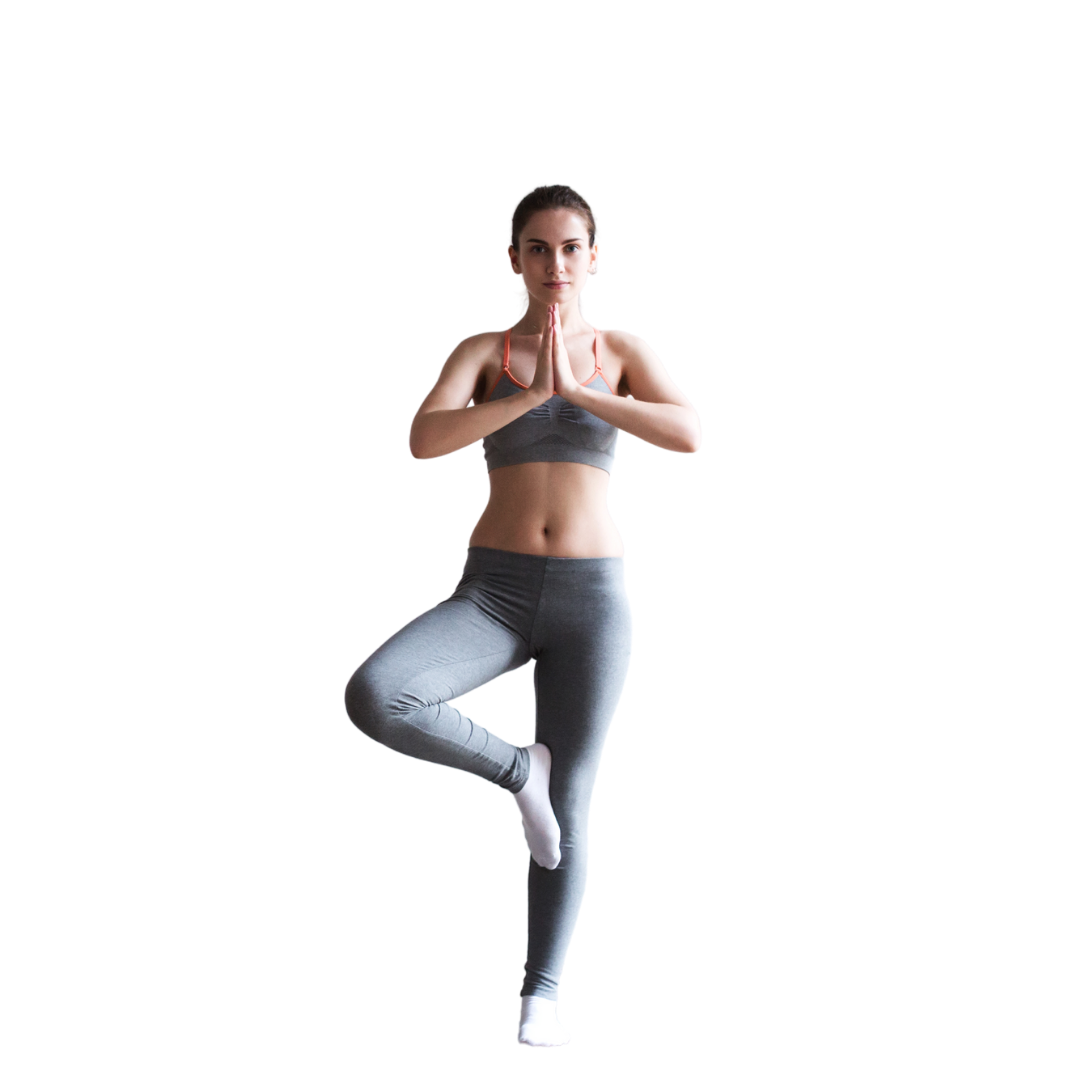Yoga for Depression
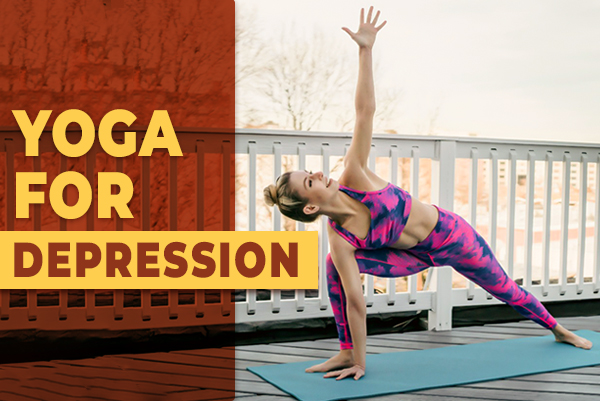
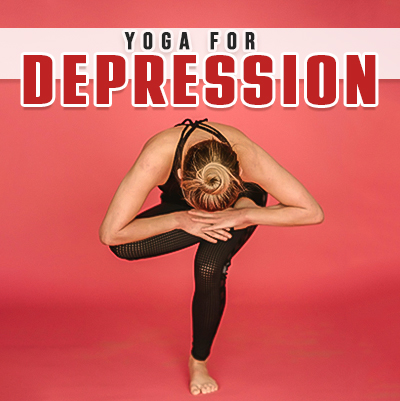
Yoga For Depression
Table of Content
Understanding Depression
Thinking has become a disease. Disease happens when things get out of balance. For example, there is nothing wrong with cells dividing and multiplying in the body, but when this process continues in disregard of the total organism, cells proliferate, and we have a disease. NOTE: The mind is a superb instrument if used rightly. Used wrongly, however, it becomes very destructive. To put it more accurately, it is not so much that you use your mind wrongly- you usually don't use it all. It uses you. This is the disease. You believe that you are your mind. This is the delusion. The instrument has taken you over. (From the book- "The Power of Now" by Eckhart Tolle)
Differentiating Depression from Sadness
Nowadays, most of us have heard people saying I am suffering from depression or I am on depression medication. But what is this depression? In today's world, people are not harming someone physically; instead, they are attacking the mental health of people. If mental health is degraded, ultimately, the person is finished because you have shot their willpower. This is today's generation. Most of them are suffering from depression, which is eating them every single day, and most of them are not even aware of it.
Challenges in Managing Depression
Depression is a significant public health disorder in terms of prevalence and suffering, dysfunction, morbidity, and economic burden. Depression is more common in women than in men. A condition that affects mood and functioning, depression can have a significant impact on life. According to the latest World Health Organization report, depression is the leading cause of disability worldwide and is thought to be a substantial contributor to the global burden of disease. The Diagnostic Statistical Manual of Mental Disorders, Fifth Edition (DSM-5) of the American Psychiatric Association (DSM-5) classifies depressive disorders as disruptive mood disorders, Depressive state, Persistent depressive disorder (dysthymia), Premenstrual dysphoric disorder, and depression due to another illness. If you are suffering from any of these, do seek expert advice. Analyze your thoughts and talk to someone.
Role of Yoga in Managing Depression
It is important not to confuse depression with sadness and vice versa. Grief is a normal response to loss, stress, and disappointment. It is a feeling that everyone experiences many times in their life. Depression, on the other hand, is a mental health condition that is much more long-term than a short-term bad mood. Depression can make you feel hopeless, worthless, and guilty. In addition to these psychological and emotional symptoms of depression, the condition can also affect your body physically and cause low energy or fatigue, difficulty sleeping, and eating difficulties.
Breathing Exercises
If a person is suffering from depression, the most significant challenge that person will face is motivation. A depressed person does not have the energy to even go to the kitchen for a glass of water, and that person will do physical exercises. That is never going to help. Here's a catch: do not focus that you have to exercise. We will go step by step. A little step every day, even for 1-2 mins, is also a tremendous achievement. Yoga has become a popular tool for managing depression symptoms and is sometimes included in depression treatment plans. Serotonin is a neurotransmitter that makes us feel good. Therefore, yoga not only stimulates blood flow and lifts our mood but also puts us into a state of relaxation through meditation and breathing techniques. This approach also makes yoga an excellent option for people with anxiety. There are hundreds of yoga poses, some of which are particularly suited to treating anxiety and depression. When practicing, remember to breathe evenly and evenly. So, a person can start with just a breathing exercise. Three deep inhale and three deep exhale and gradually increase the frequency. Please do it for some days, and when you feel energetic and motivated, incorporate a few asanas and breathing.
Yoga Poses for Depression
Uttanasana (Bending forward while standing)
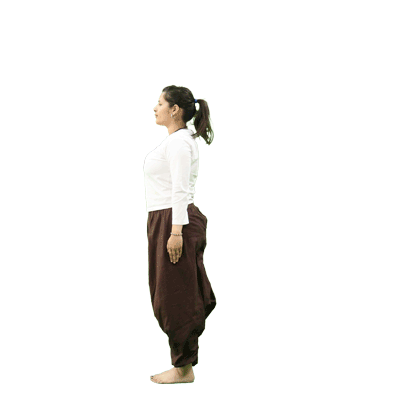
1. Stand straight on the mat with a happy attitude.
2. Exhale and lean forward.
3. Come down and place your palms on the ground near your heels.
4. Don't let your knees bend.
5. In the final position, do not let your head touch your knee; stretch your neck and look up.
6. The spine must also be extended.
7. Deepen your breath.
8. Then exhale and raise your head to your knees.
9. Breathe normally and stay in this position for about a minute.
10. Then, raise your head first, breathe, and raise your arms back to the starting position.
Sarvangasana (Supported shoulder stand)
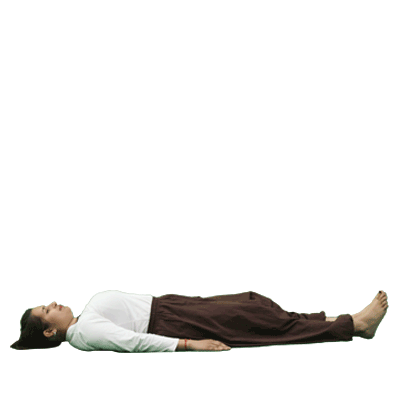
1. Lie on your back.
2. Place your hands at your sides, close to your hips.
3. Keep your knees stiff; slowly bend them without lifting your legs so your waist and legs are straight.
4. Support your waist with your palms and lift it so your chin touches your chest.
5. Because you support your body with your palms, this asana is called salamba sarvangasana.
6. If done daily, this asana can provide the usual benefits.
Sukhasana (Easy Pose)
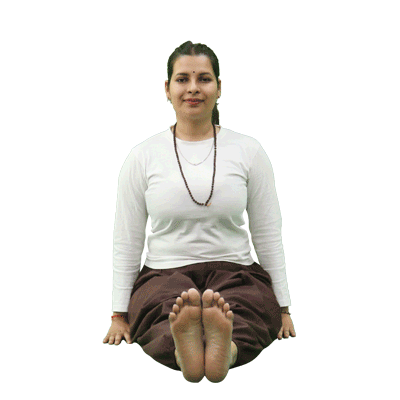
1. Sit down comfortably on the ground and bend your knees.
2. Keep both your hands in your lap or on your knees.
3. Keep the spine, neck, and head straight.
4. Concentrate on the breath. (Breathe deeply).
Benefits:
• It is beneficial for the swiftness of the body, mental peace, and keeping the body disease-free.
Adho Mukha Svanasana
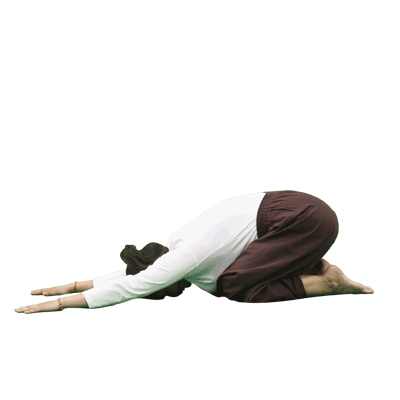
1. Get on all fours on your hands and knees with a flat back.
2. Press your toes into the ground to lift your hips.
3. Stretch your legs and arms.
4. Press your hands into the floor on each hip to stand.
5. Your body should be made into a v shape.
6. If you feel tension in your legs, it is good to bend your knees.
7. After a few breaths, gently release the pose.
Benefits:
• Elongating the spine and strengthening the arms, shoulders, and legs also increase blood flow to the brain.
• By increasing the blood supply to this area, we can experience more energy and mental clarity, which helps us deal with things that cause us stress or anxiety.
Urdhva Sukh Svanasana
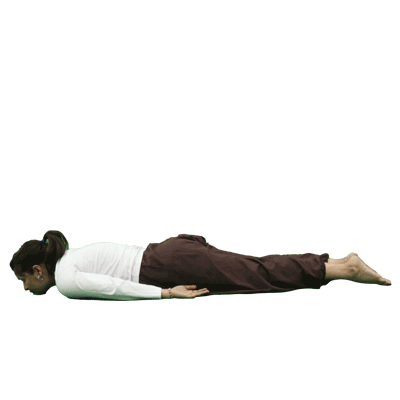
1. Lie on your stomach on a yoga mat.
2. Keep your feet up toes down.
3. Place your palms on the mat close to your shoulders.
4. Press into your palms to lift your upper body and evenly arch your spine.
5. Keep your shoulder in the same position and slowly rise from your chest and head.
6. Elongate your body from head to toe.
7. Take a few deep breaths here before gently releasing from the position.
Benefits:
• This pose opens your heart and helps you eliminate all the emotions stuck in your chest.
• It also regulates the respiratory system and cleanses your heart and mind.
क्या आप योग में करियर बनाने को लेकर "Confuse" हैं?
Join Free Webinar By Maneesh Sir
- Know About Opportunities in the Growing Yoga Sector.
- Learn from a Yoga Teacher with Over 15 Years of Experience.
- Special Offer for Webinar Attendees.


